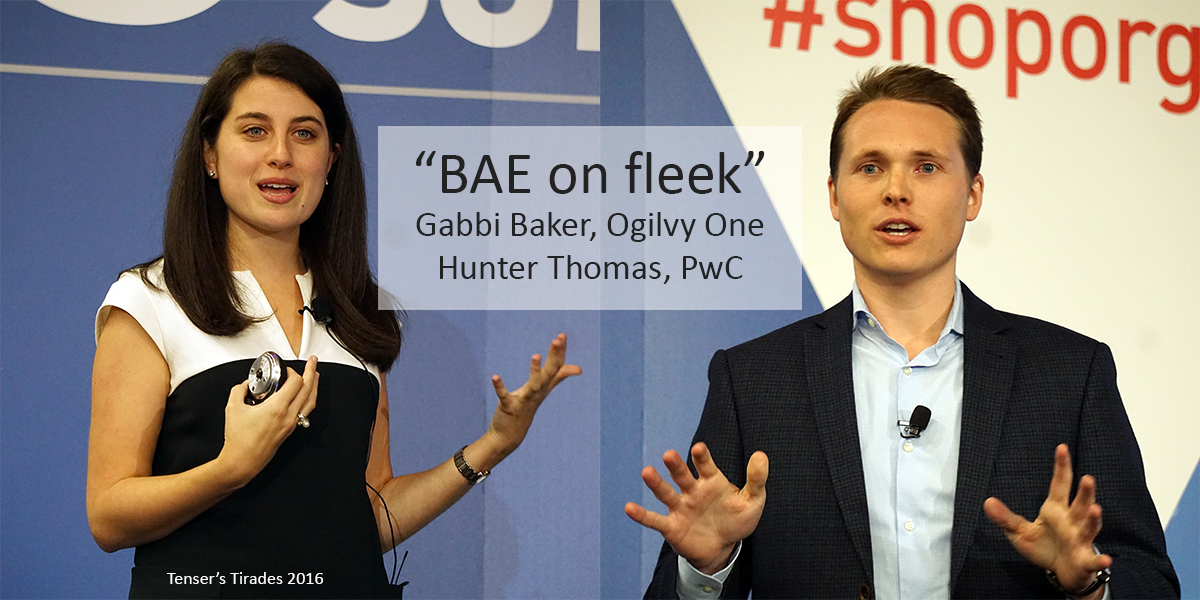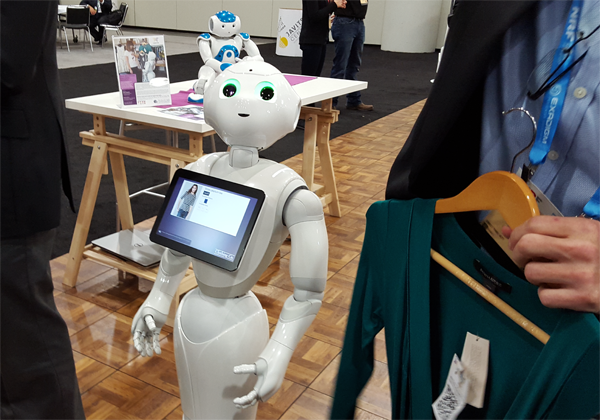[Image: Designed by vectorjuice / Freepik]
NO SURPRISE, the retail industry is swimming in excess inventory lately. Overstocks leapt forward by double digits in the latest quarter for a dozen of the nation’s largest chains, as they rebound from the supply shortages and out-of-stocks which have vexed them since early 2020.
Today on RetailWire.com, I weighed in on a lively discussion about this problem entitled: “Why are retailers struggling so hard to balance inventory?“ Certainly 20, 30 and 40 percent leaps in stock on hand are partly a sling-shot effect, since retailers over-ordered desperately during the 2020-21 supply disruptions. The situation has been rough on all retailers, but the apparel leaders are taking early and aggressive markdowns on overstocks that arrived too late for missed seasons.
Opinionated as I am about inventory accuracy in retail, I jumped on my high horse with a critique of the global manufacturing and shipping industries. I tossed in a not-too-subtle swipe at Adam Smith’s “Invisible Hand” for good measure.
The implications span both micro- and macroeconomics. Long lead times are too often tolerated in the name of scale economies. Big plays in highly concentrated markets set the stage for massive disruption when things go wrong.




